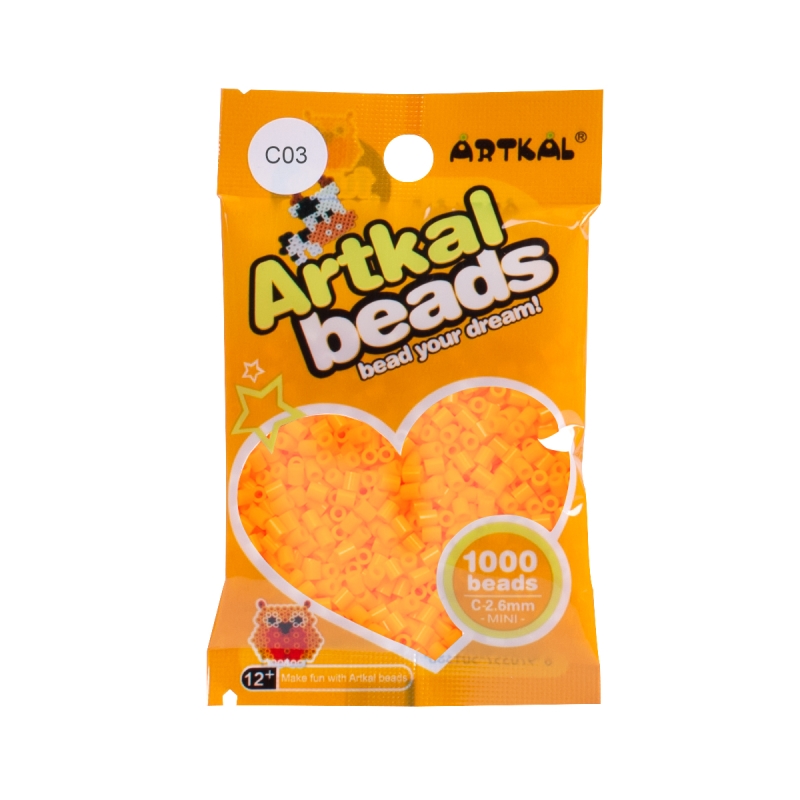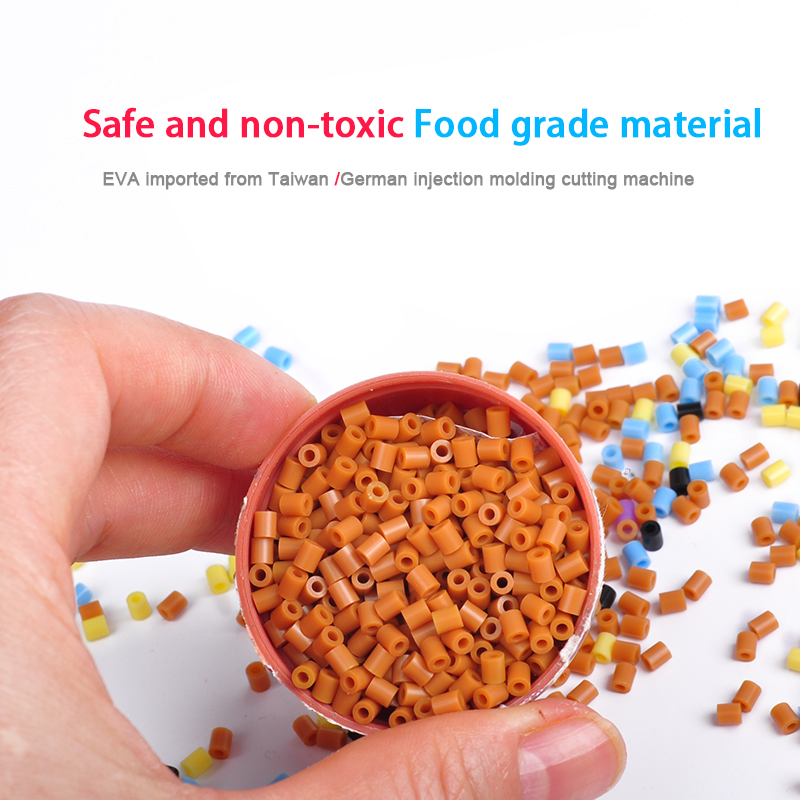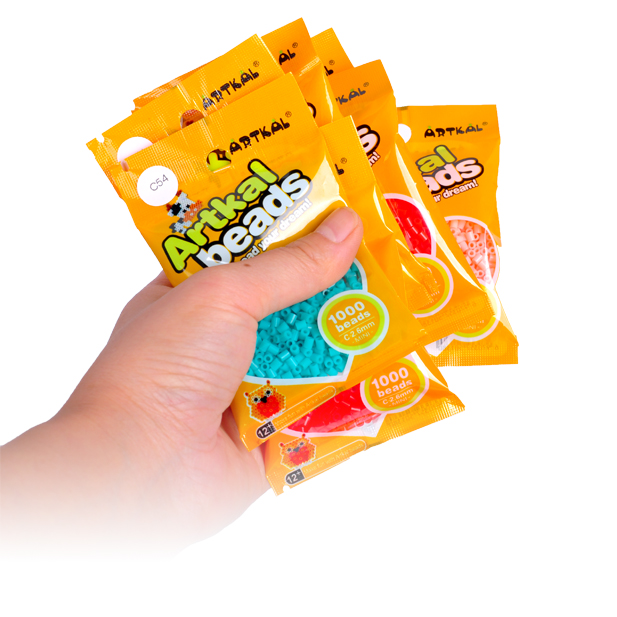Perler, Artkal, and Fuse beads, collectively known as fuse beads, are popular crafting materials beloved by children and adults alike for their versatility and endless creative possibilities. One common question that arises when working with fuse beads is whether normal paper can be used for ironing. In this article, we'll delve into the topic, exploring the suitability of various types of paper for ironing fuse beads, and providing insights into best practices for achieving optimal results.
Understanding Fuse Beads
Fuse beads, such as Perler, Artkal, and Fuse beads, are small plastic beads that can be arranged on a pegboard to create intricate designs and patterns. Once the desired design is complete, the beads are fused together using heat, typically applied with an iron, to create a cohesive, solid piece of art. Ironing is a critical step in the fuse bead process, as it melts the beads just enough to fuse them together without melting them completely.



Can Normal Paper Be Used for Ironing Fuse Beads?
When it comes to ironing fuse beads, the type of paper used plays a crucial role in achieving successful results. While it may be tempting to use any paper readily available, such as printer paper or notebook paper, it's important to consider the potential risks and limitations.
Printer Paper: Printer paper is commonly used for ironing fuse beads due to its availability and affordability. However, printer paper is not ideal for ironing fuse beads because it can stick to the beads when heated, resulting in a rough texture and potentially damaging the design.
Wax Paper: Wax paper is often recommended for ironing fuse beads because it has a non-stick surface that prevents the beads from sticking to the paper. Additionally, wax paper is translucent, allowing crafters to see the beads through the paper during the ironing process, ensuring even melting and fusion.
Parchment Paper: Parchment paper is another popular choice for ironing fuse beads. Like wax paper, parchment paper has a non-stick surface that prevents the beads from sticking to the paper. It is also heat-resistant, making it suitable for use with irons.
Freezer Paper: Freezer paper is a versatile option for ironing fuse beads. It has a plastic coating on one side that adheres to the beads when heated, providing a smooth, glossy finish. Crafters can also use freezer paper to create custom ironing sheets by tracing the outline of their design onto the paper.
Best Practices for Ironing Fuse Beads
Regardless of the type of paper used for ironing fuse beads, certain best practices can help ensure successful results:
Use Low to Medium Heat: When ironing fuse beads, it's essential to use low to medium heat to avoid melting the beads completely. Excessive heat can cause the beads to lose their shape and color, resulting in a less-than-ideal finished product.
Apply Even Pressure: Apply even pressure to the iron while ironing fuse beads to ensure that all beads melt and fuse together uniformly. Uneven pressure can lead to areas of the design that are under- or over-melted, detracting from the overall appearance.
Monitor Closely: Keep a close eye on the fuse bead design while ironing to prevent over- or under-melting. It's essential to remove the iron promptly once the beads have fused together to avoid damaging the design.
Allow to Cool Completely: Allow the fused bead design to cool completely before removing it from the ironing paper. Rushing the cooling process can result in the beads shifting or warping, compromising the integrity of the design.
In conclusion, while it may be tempting to use normal paper for ironing fuse beads due to its availability, it is not the best option for achieving optimal results. Wax paper, parchment paper, and freezer paper are preferred choices for ironing fuse beads due to their non-stick surfaces and heat-resistant properties. By following best practices for ironing fuse beads and selecting the appropriate paper, crafters can create beautiful, durable fuse bead designs that showcase their creativity and skill

